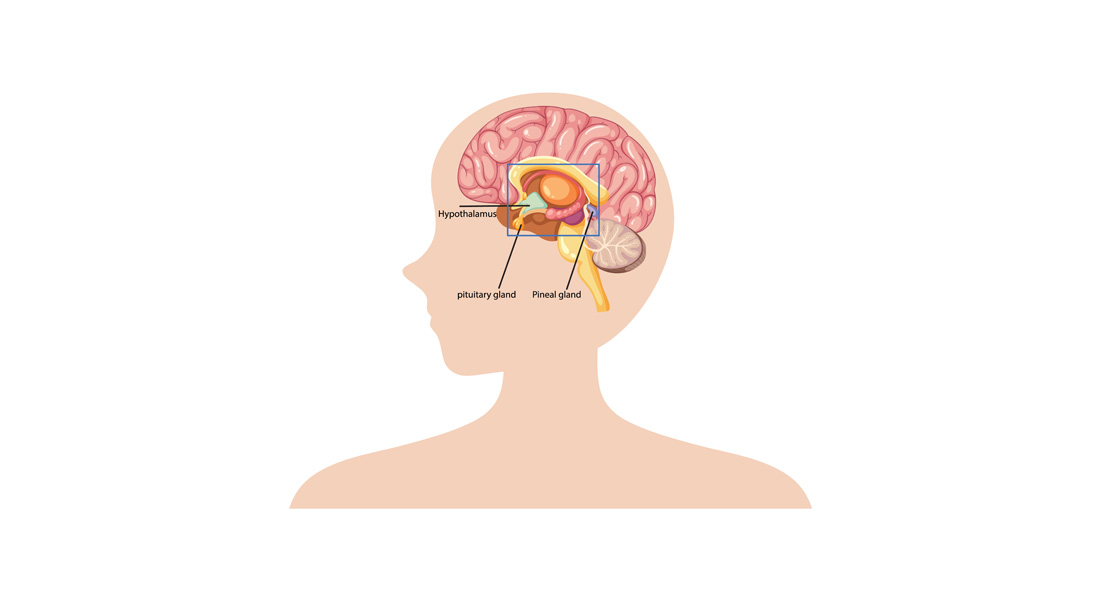Introduction to Biology of Behavior
- Definition: The study of how the nervous system, particularly the brain, influences human behavior. This field falls under physiological psychology, which examines the connections between neural activity and behavioral processes.
- Components of Human Behavior:
- Receptors: Sense organs like eyes, ears, and skin that gather sensory information.
- Effectors: Muscles and glands that carry out responses.
- Connecting Mechanisms: Primarily the nervous system, which integrates sensory input and motor output.
Body and Its Functions
- Structure:
- Divided into head, trunk, hands, and feet.
- Divided into head, trunk, hands, and feet.
- Sense Organs:
- Five main sense organs: eyes (sight), ears (hearing), nose (smell), tongue (taste), and skin (touch).
- Five main sense organs: eyes (sight), ears (hearing), nose (smell), tongue (taste), and skin (touch).
- Organs of Action:
- Include feet, hands, mouth, excretory, and rectum, facilitating various bodily responses.
- Include feet, hands, mouth, excretory, and rectum, facilitating various bodily responses.
- Systems Involved in Functioning:
- Major systems include respiratory, circulatory, skeletal, digestive, endocrine, and excretory.
- Major systems include respiratory, circulatory, skeletal, digestive, endocrine, and excretory.
- Significance:
- Each of these systems plays a critical role in maintaining physiological health, which supports effective behavior in various life situations.
Mind and Its Functions
1. Concept of the Mind
- Definition: The mind is an abstract construct representing cognitive processes, not a physical entity within the body.
- Development: Mind’s functioning and development are influenced by age and cognitive growth, adapting through experience.
2. Body-Mind Relationship
- Interaction:
- Psychology views body and mind as interconnected, with mental functions affecting physical states and vice versa.
- Role in Behavior:
- Mind processes activities like thinking, reasoning, feeling, and remembering, which interact with physical sensations.
Modulation Process in Health and Illness
1. Effects of Bodily Conditions on Mental Functioning
- Physical Health influences mental states:
- High blood pressure can cause mental excitement.
- Chronic pain or illness may lead to depression or reduced concentration.
- Endocrine imbalances can lead to lethargy or nervousness.
2. Effects of Mental Conditions on Bodily Functioning
- Emotions like fear, anger, and stress impact physical health:
- Stress may lead to insomnia or headaches.
- Emotional conflicts are linked with issues like peptic ulcers.
- Repressed emotions can contribute to hypertension and heart disease.
Heredity and Its Influence on Behavior
1. Understanding Heredity
- Definition: Heredity encompasses traits passed genetically from parents to offspring.
- Genetic Components:
- Chromosomes and Genes: 23 pairs of chromosomes in each cell, with genes determining traits.
- Chromosomes and Genes: 23 pairs of chromosomes in each cell, with genes determining traits.
- Influence on Personality:
- Gene combinations cause individual differences, with identical twins sharing the same genetic traits, unlike fraternal twins.
- Gene combinations cause individual differences, with identical twins sharing the same genetic traits, unlike fraternal twins.
2. Types of Traits:
- Dominant and Recessive Genes: Traits are inherited based on the dominance of genes.
- Sex-linked Traits: Certain traits appear only in one gender, while the other gender may be a carrier.
Environmental Influences on Behavior
1. Definition of Environment
- Environment includes all external factors impacting growth from conception onward, such as social, economic, and physical factors.
- Internal Environment:
- Includes influences inside the womb, such as maternal nutrition and health.
- External Environment:
- Physical Environment: Non-living factors like water, air, housing, and climate.
- Biological Environment: Living organisms that affect health.
- Psychosocial Environment: Includes family, cultural values, education, and social influences.
Brain and Behavior
1. Brain Functions
- Nervous System: Manages behavior and cognitive processing by integrating sensory inputs and regulating responses.
- Key Brain Regions:
- Cerebrum: Divided into right and left hemispheres, each with four lobes:
- Occipital Lobe: Visual processing.
- Parietal Lobe: Movement, orientation.
- Temporal Lobe: Sound and speech.
- Frontal Lobe: Planning and reasoning.
- Thalamus: Regulates autonomic functions and affects alertness.
- Hypothalamus: Influences emotions, motivation, and regulates processes like eating and sleeping.
- Cerebrum: Divided into right and left hemispheres, each with four lobes:
Nervous System and Endocrine System in Behavior
1. Receptors (Psychology of Sensations)
- External Receptors: Eyes, ears, nose, tongue, and skin help connect with the external world.
- Internal Receptors: Respond to bodily stimuli, helping maintain balance and equilibrium.
2. Effectors (Muscular and Glandular Controls of Behavior)
- Muscles: Facilitate motor activities and are classified into:
- Smooth muscles: Digestion, circulation.
- Cardiac muscles: Heart functions.
- Skeletal muscles: Voluntary activities.
- Glands:
- Duct Glands: Secrete externally via ducts, e.g., sweat, salivary.
- Endocrine Glands: Secrete hormones directly into the bloodstream, impacting emotions and physical growth.
3. Role of Neurons and Neurotransmitters
- Structure of Neurons:
- Neurons, with dendrites and axons, transmit signals throughout the nervous system.
- Key Neurotransmitters:
- Acetylcholine: Muscle control, cognition.
- Dopamine: Movement, emotion.
- Serotonin: Mood, sleep.



Free Videos